The start of dementia research in Stockholm and improved dementia care
In the mid-1980s, geriatrics was a very new field, especially in Stockholm. Knowledge of dementia care was limited, and research methods were underdeveloped despite an ageing population. This prompted the then Stockholm County Council to invest in academic dementia research and to expand dementia care in the region.
Collaboration between academia and healthcare
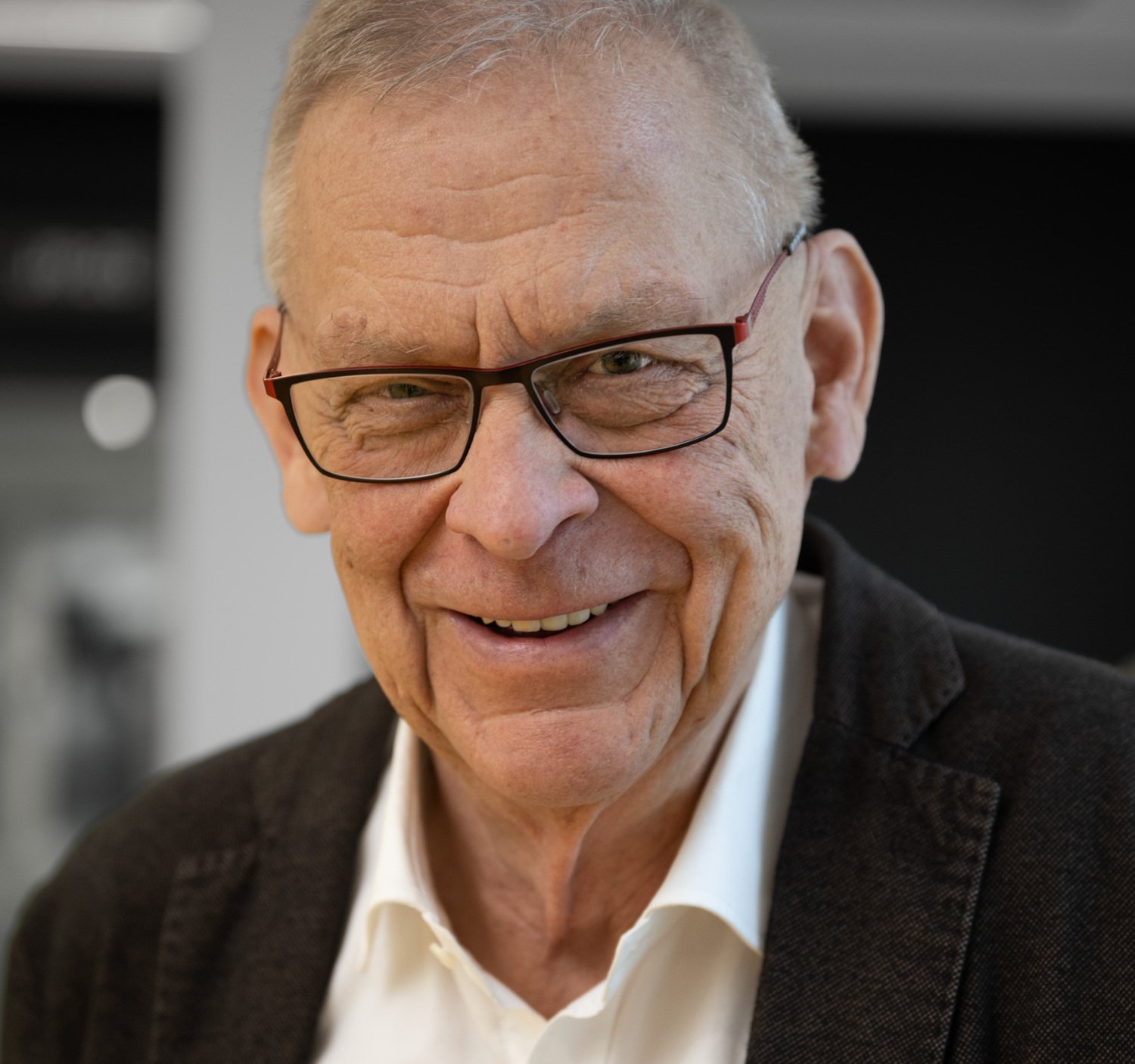
Two professorships were established at KI to build up knowledge of dementia. Bengt Winblad was recruited from Umeå University to a joint position as Professor of Geriatrics and Chief Physician at Karolinska University Hospital. Åke Seiger, from the University of Miami School of Medicine was recruited to the second geriatrics professorship post. This professorship focused particularly on the biology of ageing and was financed by Stockholms Sjukhem, a non-profit private hospital and nursing home. Seiger and Winblad brought their respective ongoing research with them, which in 1988 became the basis for the Division of Geriatrics at Karolinska University Hospital, Huddinge.
“At the time, geriatrics was a rudimentary academic subject in Stockholm, with only one doctoral specialist in the entire county, and a single care department with 20 places. Today, we’ve provided nursing training with an extensive knowledge base. We’ve put dementia issues on the agenda for nurses, occupational therapists, physiotherapists, psychologists and doctors. There’s been an explosion in the spread of knowledge.”
Pioneering population studies
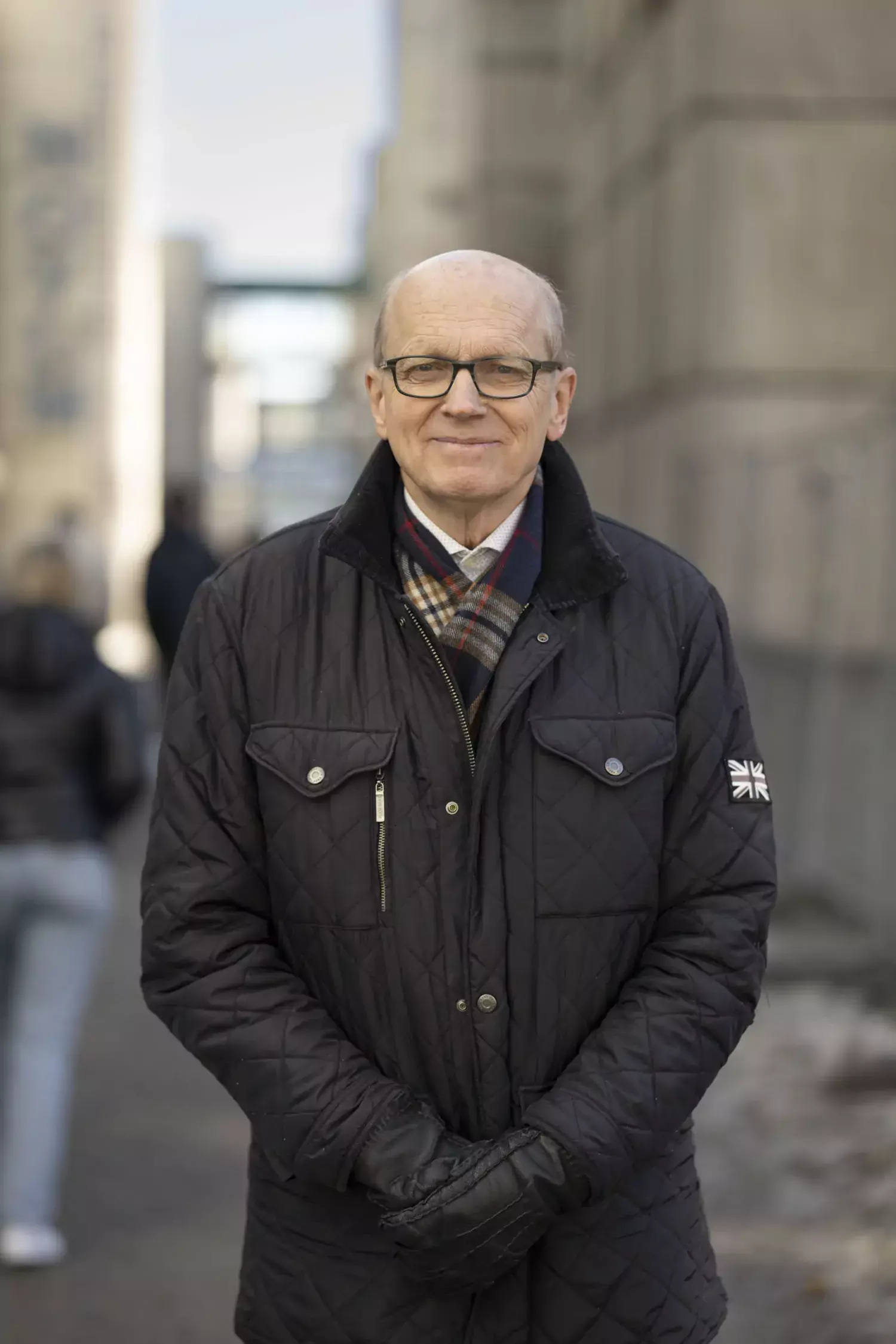
The years that followed saw a dramatic improvement in the academic environment, primarily due to a number of strategic recruitments of researchers and teaching staff. This was done in parallel to several investments designed to expand and reshape health- and medical care to enable co-operation with academia.
In addition to their professorships, Winblad was made Director at Karolinska University Hospital’s Geriatric Clinic, with Seiger as Deputy Director. Under their leadership between 1988 and 1993, the clinic grew from a department with two physician positions to eight departments and 52 physician positions. Extensive laboratories were built up, especially at the Novum Research Park, with the help of Professor Jan-Åke Gustafsson, among others.
This period is described by many as one characterised by a pioneering spirit and strong growth. It also coincided with political initiatives to build a stronger academic environment south of Stockholm.
Winblad and Seiger were driven by a desire to include all healthcare professionals in training and research. This led to close collaboration with the healthcare system, which in turn resulted in strong clinical research and, by extension, a revolutionary shift in dementia care in the region.
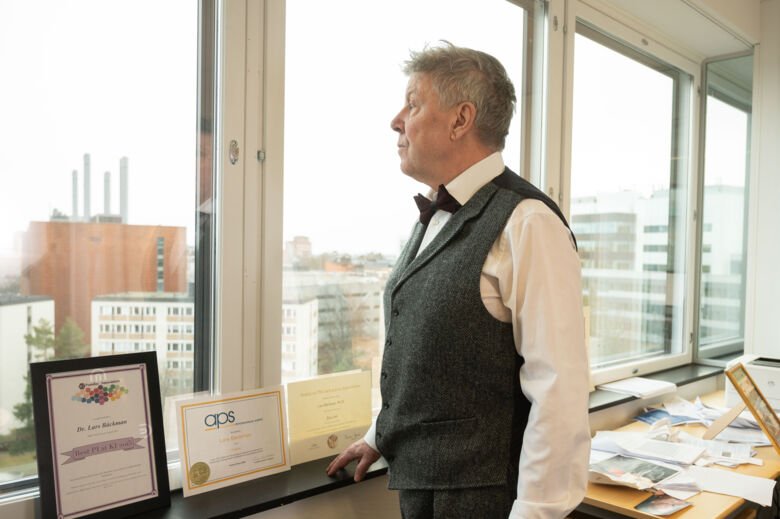
Among the first major research projects in epidemiology to be initiated was the Kungsholmen Project: a population study on ageing with around 2,500 participants. The project was run by the newly started Stockholm Gerontology Research Center in collaboration with KI. Lars Bäckman was recruited from Umeå, who did his dissertation on memory functions in healthy ageing people. Laura Fratiglioni, a researcher and neurologist in Florence was also recruited at around the same time.
The study was conducted on Kungsholmen, (an island in central Stockholm), because in the 1980s the area was home to one of the world’s largest populations of over 65s.
This major project followed a large number of elderly people over time and looked at how lifestyle factors, such as high blood pressure, cholesterol, physical activity, determined dementia outcomes, and mapped several genetic risk factors. Winblad’s Betula Project in Umeå served as a template for the study.
The Kungsholmen Project ran until 2000, when it was transferred to the Swedish National Study of Aging and Care, (SNAC). The project is still running and since 2000 has been further developed at ARC.
“The start of ARC in 2000 was a genuinely pioneering effort in which we combined research at KI and Stockholm University. ARC was the result of the knowledge of four outstanding researchers and became a fantastically stimulating place where we complemented each other: Bengt, myself, Lars Bäckman, and Mats Thorslund, a gerontologist at Stockholm University.”
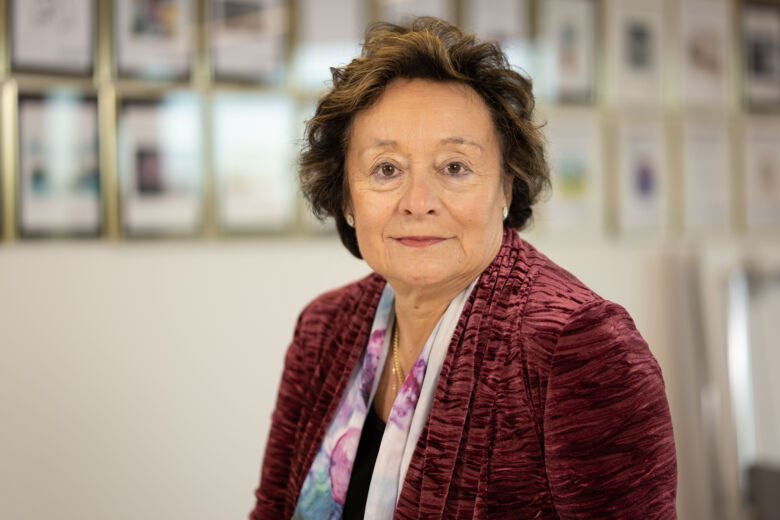
Today, ARC is also a department at NVS. It employs around 50 researchers in interdisciplinary research on ageing and health, equal living conditions, geriatric epidemiology and the psychology of ageing.
The first drug treatment for Alzheimer’s
Lars Lannfelt was among those who worked at the Division of Geriatrics in the 1990s, and later as Professor of Geriatrics in Uppsala. He participated in the discovery of the first genetic mutation that could cause Alzheimer’s: the Swedish mutation. Together with Winblad and others, Lannfelt published these results in Nature Genetics in 1992.
Another mutation was discovered later - the Arctic mutation - which laid the foundations for the BioArctic company and the development of a new antibody that may reduce the amount of harmful beta-amyloid in the brain. Based on this antibody, the FDA in the US approved the first drug that affects the disease process in Alzheimer’s in January 2023.
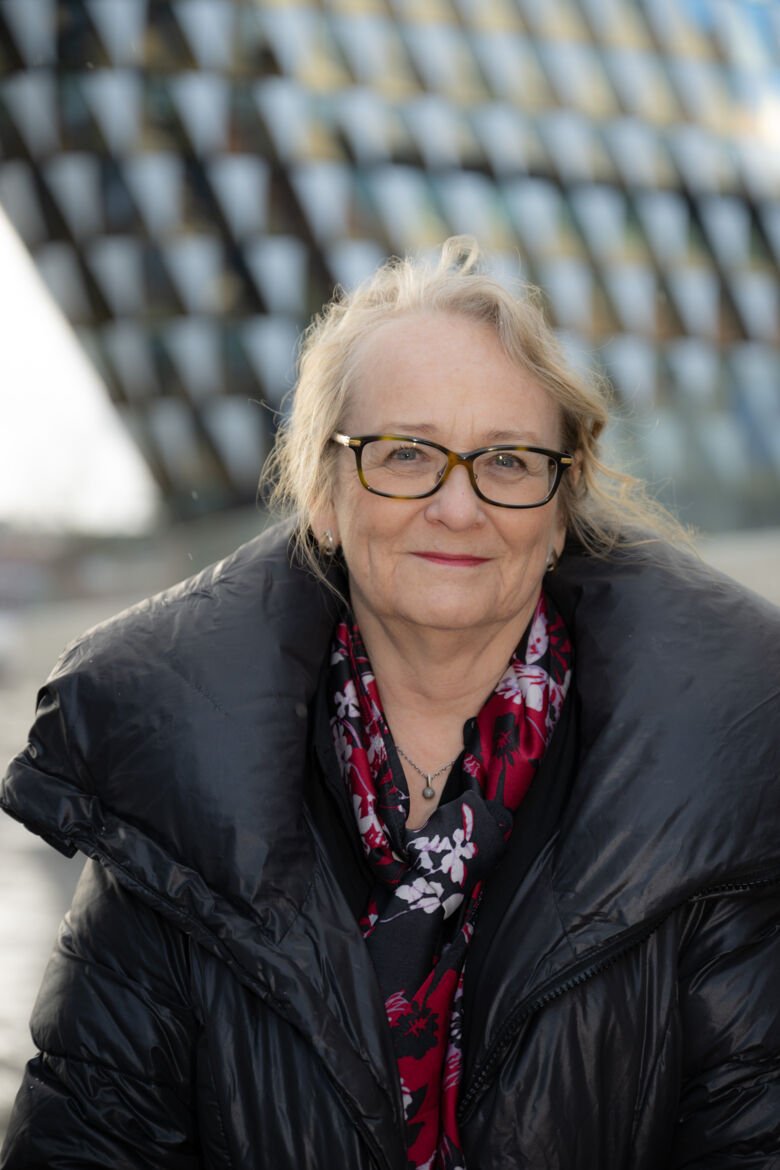
Better understanding of inflammation
Since the beginning of the 1990s, Marianne Schultzberg, Professor of Clinical Neuroscience, has also been at the Department. Her research has focused on inflammation of the nervous system. Her interest in the field was triggered by the discovery that patients with rheumatoid arthritis were not as often affected by Alzheimer’s, which was believed to be related to long-term treatment with anti-inflammatory drugs. During her career, Schultzberg has deepened her knowledge of the role inflammation plays in neurodegenerative diseases, especially Alzheimer’s. Her knowledge has opened up new potential treatments that combine several different approaches.
Between 2001 and 2011, Schultzberg was Director of Studies for NVS’ postgraduate programme; she then continued as Vice Dean and Dean for the entire postgraduate programme at KI, a role in which she introduced the so-called “green light” for main supervisors and oversaw the building of several research departments.
New medical imaging methods
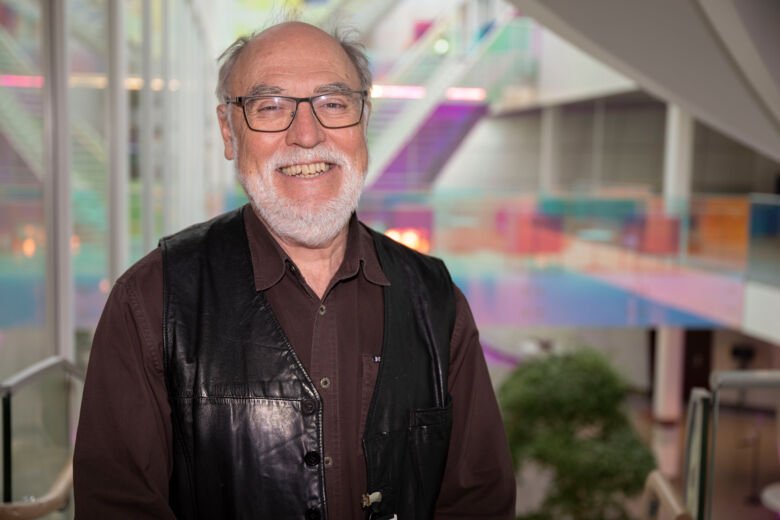
Another researcher who came to the Department at the beginning of the 1990s was Lars-Olof Wahlund, now Professor in Geriatrics. He was recruited from St. Göran’s Hospital in Stockholm, where he participated in the development of Sweden’s first magnetic camera clinic. A corresponding research environment was built up at the Division of Geriatrics and the magnetic camera quickly proved to be a vital research tool. Today, the MRI camera is one of the imaging techniques used to diagnose various dementias, along with computed tomography and EEG.
Wahlund has also been a driving force in the National Board of Health and Welfare’s work to develop guidelines for dementia.
In 2017, Wahlund co-founded multidisciplinary consortium Swedish FTD Initiative, a collaboration between KI, the Royal Institute of Technology and the Science for Life Laboratory. Today, the Swedish FTD Initiative is led by another co-founder, Caroline Graff, professor in genetic dementia research at NVS.
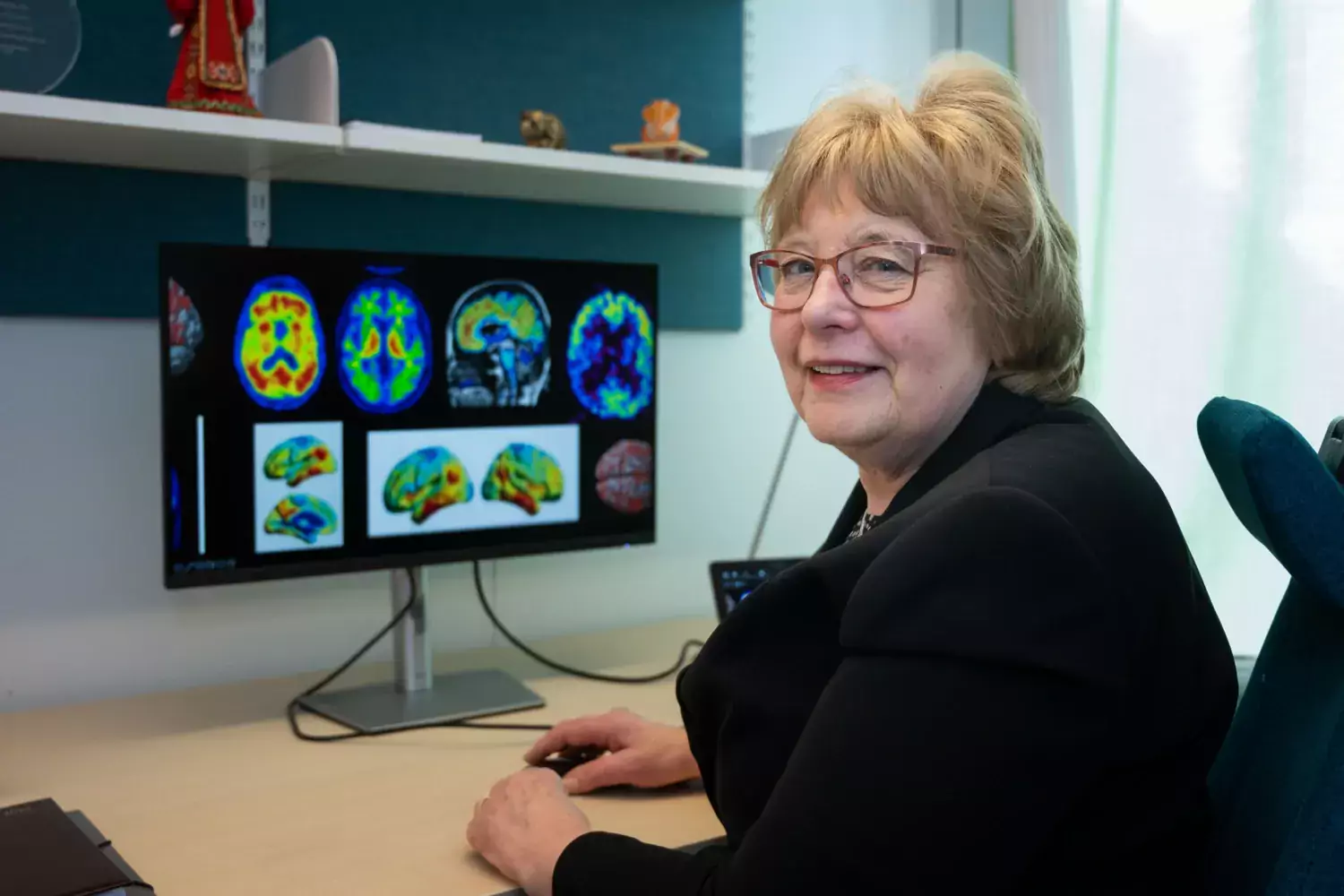
Another imaging technique developed at the Department at this time was positron emission tomography (PET). Agneta Nordberg, Professor of Clinical Neuroscience, was the driving force behind this. She moved from Uppsala University in 1992, where she built up unique knowledge about the use of PET cameras. An aim with the technology soon became to investigate changes in the brain among Alzheimer’s patients, in collaboration with Professor Bengt Långström at Uppsala University and others.
In 2002, Nordberg performed the world’s first PET examination of amyloid plaques in a living patient using the amyloid-binding compound C-PIB. The technology made it possible to obtain a detailed idea of how Alzheimer’s develops. Nordberg’s subsequent research has also made it possible to show the spread of the protein tau and inflammation in the brain in a similar way.
“When I came to KI and Karolinska University Hospital, there was limited knowledge about Alzheimer’s and how it could be diagnosed. Since then, we’ve developed instruments that can detect Alzheimer's disease at an early stage and distinguish it from other dementias, allowing for early-stage diagnosis and treatment.”
In 2015, Nordberg, Winblad and Gunilla Johansson founded the Center for Alzheimer Research network as a hub for all research at KI on Alzheimer’s and other dementias.
Strong international collaborations
The successes of Swedish Alzheimer’s research soon attracted international attention. In 2000, the Kaspac research initiative, KI Dainippon Sumitomo Alzheimer Center, was founded at the department. With the help of funding from a Japanese pharmaceutical company, around 20 researchers were employed to contribute to Alzheimer’s research. The collaboration lasted for 10 years and was financed to the tune of SEK 20 million a year.
Gunilla Johansson was recruited as Scientific Co-ordinator for the initiative. Later, together with Winblad, Johansson led the European Alzheimer’s Disease Consortium network, which is a network of 23 countries and approximately 70 research centres.
In 2005, the Swedish Brain Power national network was launched. It quickly became a national unifying force and received broad-based funding for its first five years. Swedish Brain Power was run between 2005 and 2018 and resulted in the extensive exchange of knowledge with an international network across disciplines.
Around 27 research groups from 10 academic institutions in Sweden gathered here, with several of the best-known researchers at NVS. Swedish Brain Power also became an international role model with research that produced world-class results.
Quality register for dementia
Within the framework of Swedish Brain Power, an initiative was taken to establish a national quality register for cognitive diseases/dementia, SveDem. The idea was the brainchild of Bengt Winblad och Kalle Spångberg. The principal investigator of the project was Maria Eriksdotter, Professor of Geriatrics in 2010 and Senior Physician in Geriatrics at Karolinska University Hospital Huddinge.
The aim of the initiative was to collect data on people with dementia to improve and expand care. The register was started in 2007 and is today one of the world’s largest registers of people with various forms of dementia and is based at Karolinska University Hospital.
“Today, SveDem is a gold mine for research and has become a model for similar registers in several other countries. It has details of more than 100,000 patients with a dementia diagnosis and is currently being developed to be used throughout the care chain.”
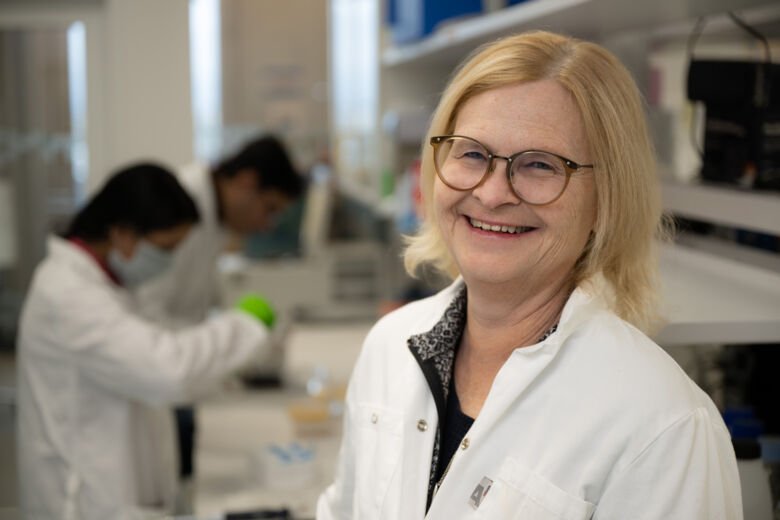
Between 2013 and 2018, Eriksdotter was Head of Department at NVS, and from 2019 to 2023, was Dean of KI Syd with responsibility for the co-ordination of all seven departments at Campus Flemingsberg and KI Södersjukhuset. She is based at the Division of Clinical Geriatrics. There are close to 10 research groups here that, in close collaboration with Karolinska University Hospital, conduct clinically-based research on elderly patients.
One of the research groups is run by Miia Kivipelto, Professor of Clinical Geriatric Epidemiology and Director of the Aging Theme at Karolinska University Hospital. She was also recruited by Winblad and has since worked at Swedish Brain Power and ARC. Today, she heads the world’s first large-scale multifactorial study of lifestyle interventions, the so-called FINGER study (Finnish Geriatric Intervention Study to Prevent Cognitive Impairment and Disability). The results of the study have played a key in improving understanding of dementia diseases.
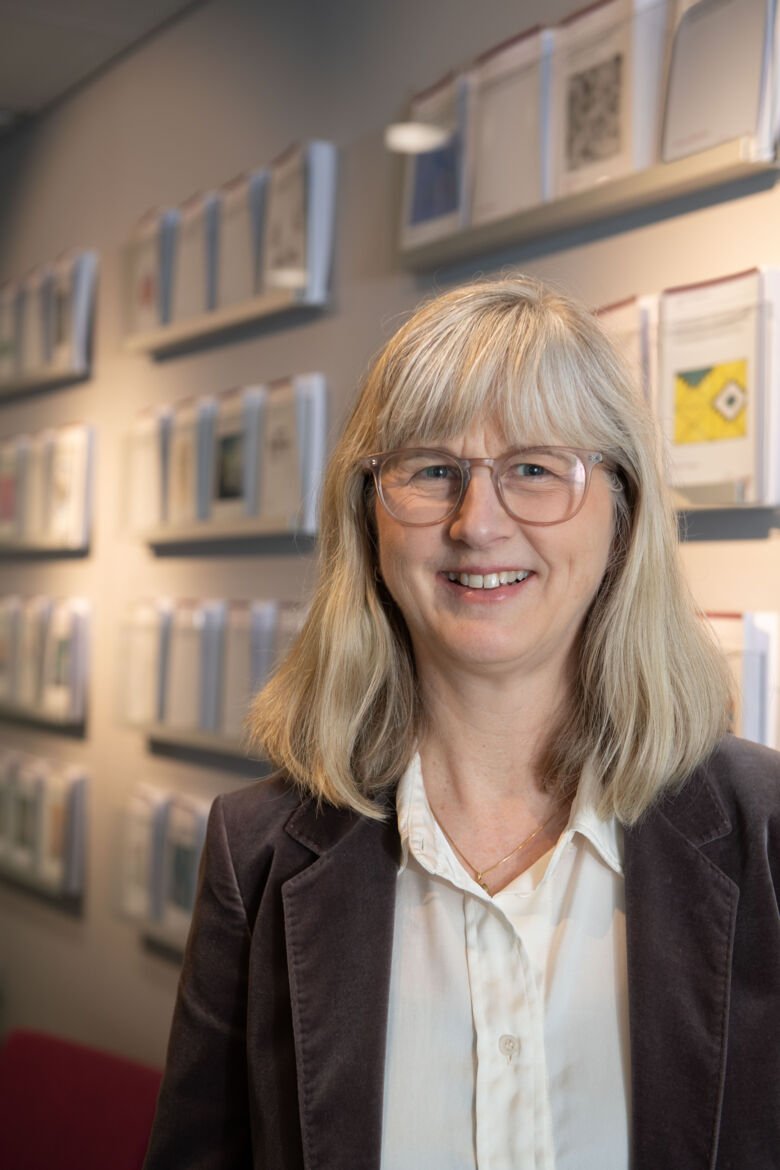
Today, NVS is led by Maria Ankarcrona, Professor of Experimental Neurogeriatrics, based at the Division of Neurogeriatrics. Ankarcrona researches the underlying mechanisms of Alzheimer’s at the cellular and molecular level. She focuses on cells’ mitochondrial functions, such as the ability to produce energy. Early in the development of the disease, reduced glucose metabolism affects the nerve cells’ ability to communicate. Among other things, Ankarcrona’s research group is working to produce molecules that increase glucose metabolism and energy production.
The Division of Clinical Geriatrics, and part of the Division of Neurogeriatrics, are now based at Neo, in Flemingsberg. The main part of the Division of Neurogeriatrics has moved to BioClinicum in Solna, where there are now about 10 research groups. BioClinicum was inaugurated in 2018 as a hub for clinical research and the aim of increasing the integration between research, training and care.
“Although today’s NVS contains widely different areas and different fields of research, there is a high degree of cohesion here, which can be traced back to its early years when the Division of Geriatrics was created. Today, we’re connected through several collaborations across disciplines, and we frequently co-publish our results.”
TEXT: Magnus Trogen Pahlén
